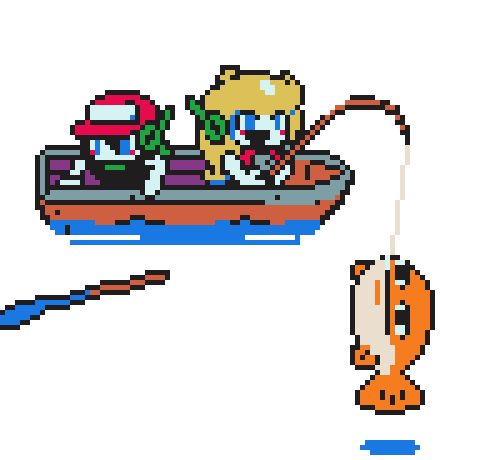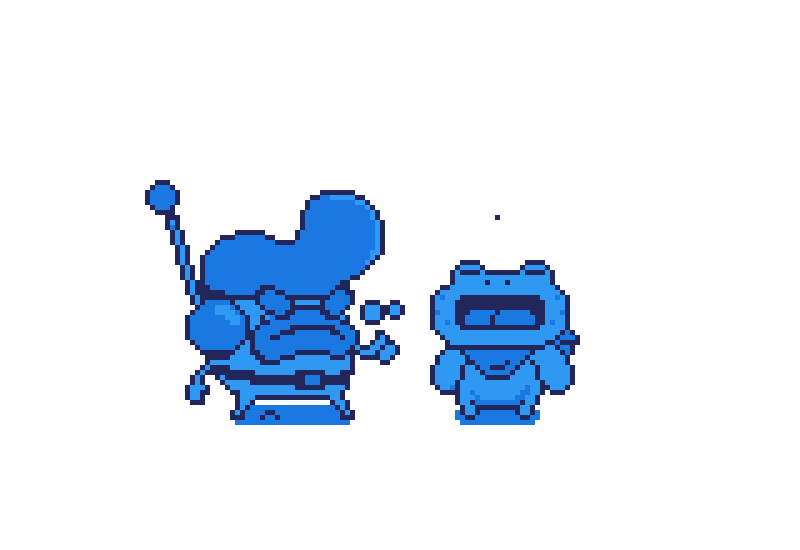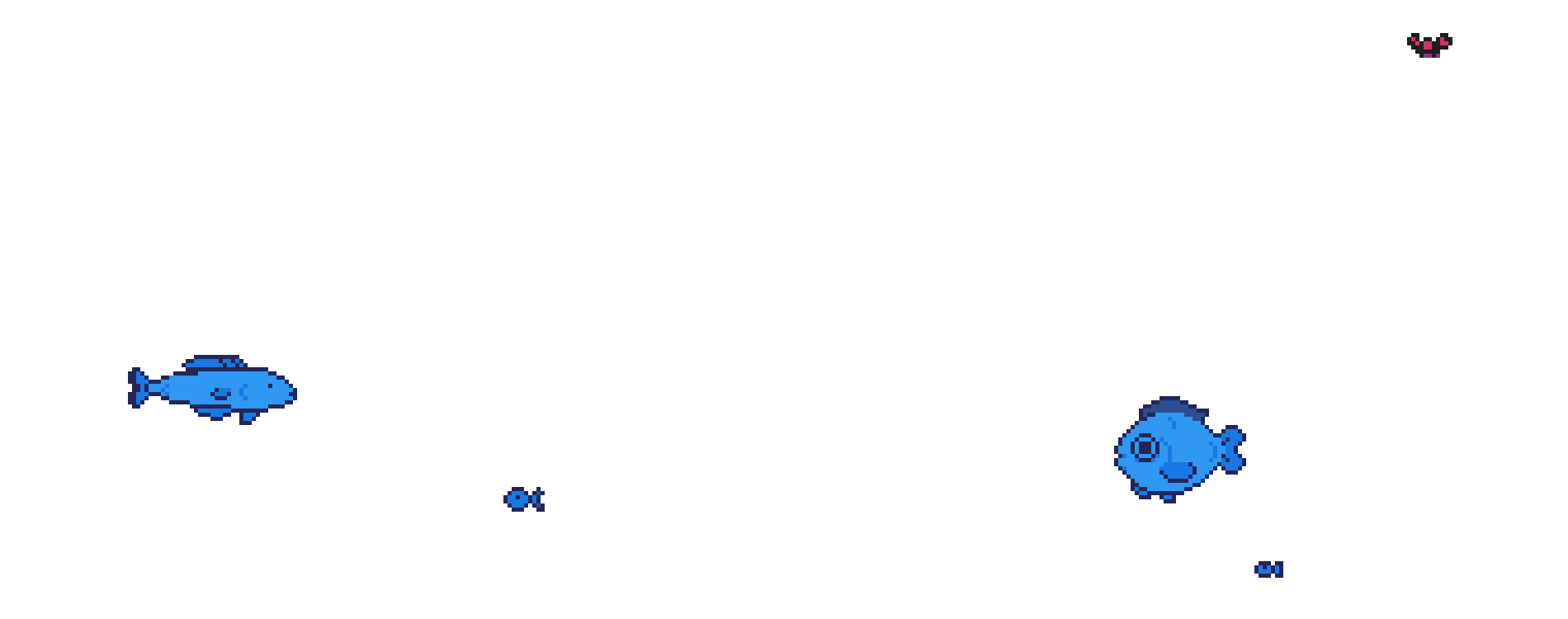Cave Story Art Comparison: Mimiga Village Tiles

So we're changing things up a little bit starting this week. You may see random-yet-relevant updates from the team. As such, we're doing another art comparison--don't worry we'll still do a new character on Friday. However, we wanted to give everyone an idea of some of the changes that are being done to the background artwork to A) maintain the look that Pixel worked so hard to originally create and B) also give the in-game artwork some flash for anyone who might be late to the party while keeping it consistent.
Contrary to what some people may think, we're not using any scaling algorithm. Stuff like Eagle and 2xSAI are awesome tools to quickly, effectively and globally improve the general look of old-school pixel art. If this sounds Greek to you, head over to Wikipedia and check out more information on Pixel Art Scaling Algorithms.
Back to Cave Story, we're not using software scaling because, well, it looks like software scaling. We've chosen to give each new piece of artwork the human touch. The image at the top of this post is part of the tileset that is used to create one of the first areas in Cave Story, Mimiga Village. We don't want to spoil too much of the surprise so this is only a partial cut from the tileset. But it gives you a good idea of what the rest of the area could look like.
On the top you have the original artwork, intended for a resolution of 320x240; it still holds up quite well, even on a television screen. Being that the Wii can do up to 640x448 (almost exactly double the original res), we are able to effectively double the artwork size. Keep in mind that it's doubled in X and Y, so it's more like quadrupled. What that gives us is a lot more room to take the original artwork and dress it it up more.


Above is a computer-scaled example as seen on Scale2x's homepage. It's Willow, the hero from the eponymous movie and game. The first image is the original artwork as it was created by Capcom. The second image uses an algorithm to "fill in" the pixels in between to smooth out the image. While it looks good enough, the biggest difference between this and redrawning artwork is the variety and personal touch created by an artist. A software routine isn't going to know when and where to add more or less details. We're biased and taste is subjective, but we're working hard to make sure we do our best.
C'mon, tell us what you think. Your opinions count!



